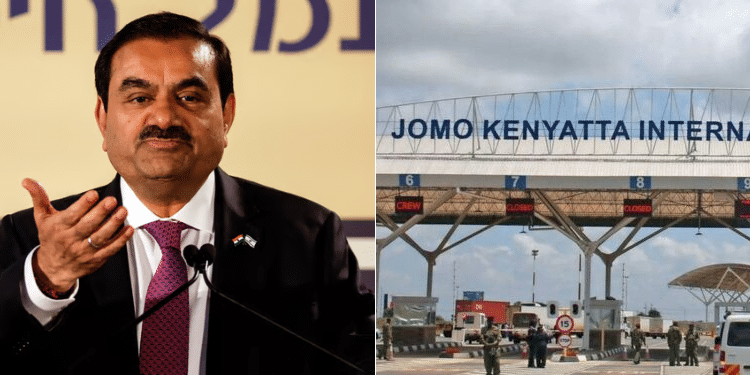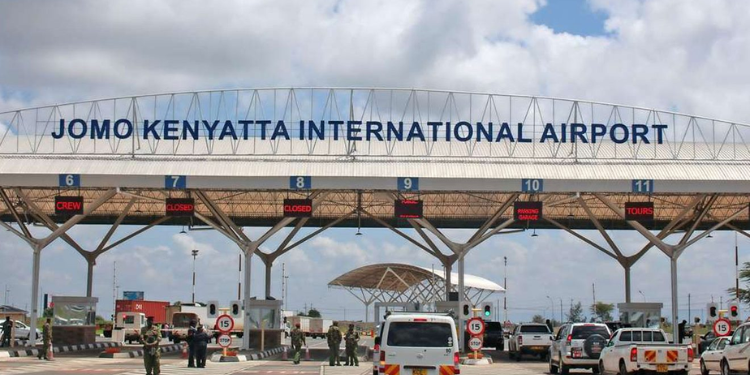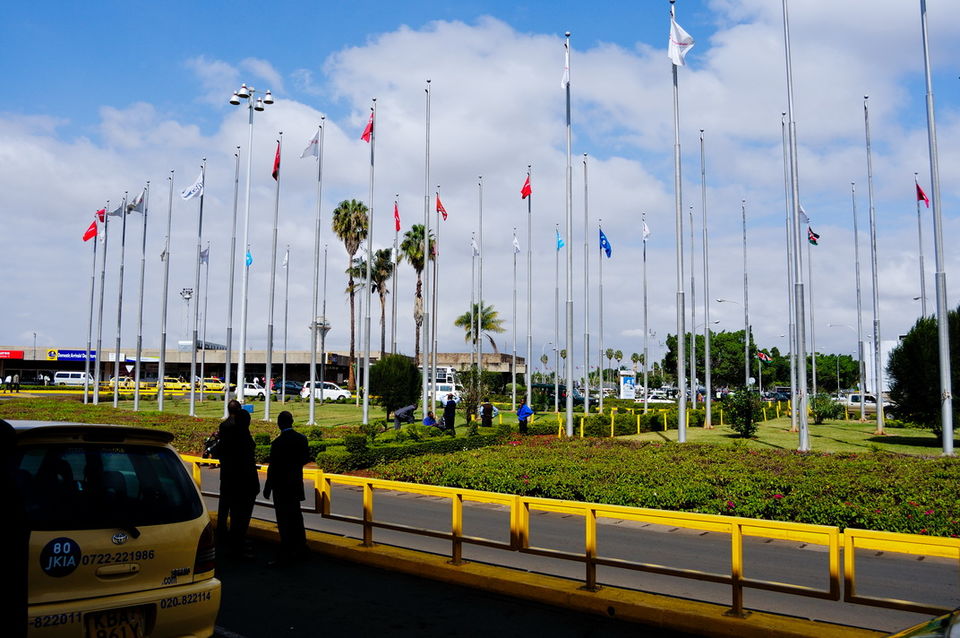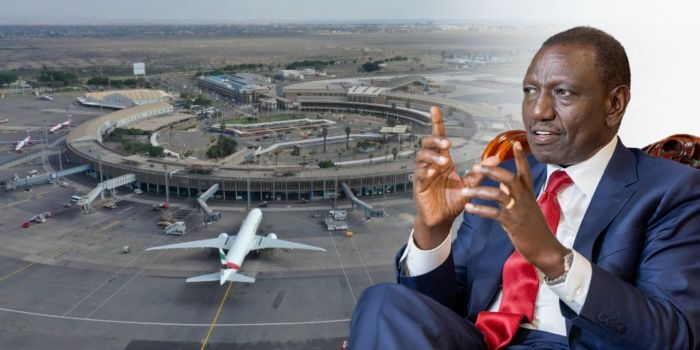Kenya to Build New Airport After JKIA-Adani Deal Collapse
The Kenyan government has announced plans to build a new international airport following the collapse of the JKIA-Adani deal, signalling a bold reset in the country’s aviation strategy.
A Turning Point in Kenya’s Aviation Plans
Kenya’s aviation sector is preparing for a major shift after the government confirmed that plans for a new international airport in Kenya will replace the cancelled modernisation of Jomo Kenyatta International Airport (JKIA).
The announcement came after the JKIA-Adani deal was cancelled. Initially, the agreement aimed to modernise and expand Nairobi’s main gateway. Instead, the government has opted for a fresh start—constructing a brand-new airport that aligns with Kenya’s long-term infrastructure goals.
This pivot reshapes Kenya’s transport master plan and reflects broader challenges and opportunities in East Africa’s aviation industry.

Why the JKIA-Adani Deal Collapsed
The now-abandoned JKIA modernisation deal with India’s Adani Group promised extensive upgrades to Nairobi’s busiest airport, including expanded terminals, cargo handling facilities, and improved passenger services.
However, questions soon emerged about:
- Transparency: Critics argued the deal lacked adequate public consultation.
- Sovereignty concerns: Handing over management of a strategic national asset to a foreign company sparked political pushback.
- Financial feasibility: Industry observers questioned whether the proposed structure offered long-term value for Kenya.
Faced with mounting pressure, President W. Ruto’s government opted to terminate the agreement, paving the way for a new strategy focused on domestic-led development.
Kenya Announces New Airport Project
Energy and Transport Cabinet Secretary Davis Chirchir confirmed that Kenya will build a new international airport instead of pursuing JKIA’s earlier modernisation.

According to government sources, the new project will be:
- Strategically located to reduce congestion at JKIA and complement Wilson and Moi International Airports.
- Designed as a modern aviation hub capable of meeting growing passenger and cargo demand.
- Backed by a public-private partnership model, the government is seeking local and international investors.
This marks one of the most ambitious airport projects by the Kenyan government in recent decades, underlining the administration’s intent to cement Nairobi as a regional aviation powerhouse.
Impact on Kenya’s Aviation Sector
The impact of the JKIA Adani deal cancellation on Kenya’s aviation is significant, but officials argue the long-term outcome will be positive.
- Passenger Experience: Instead of retrofitting JKIA’s decades-old facilities, a new airport allows for modern designs from the ground up.
- Capacity Expansion: With East Africa’s air traffic forecast to rise by over 5% annually, Kenya needs additional capacity to remain competitive.
- Regional Competition: The projects of Addis Ababa Bole Airport in Ethiopia and Bugesera Airport in Rwanda have intensified the competition, with a new international airport in Kenya positioning Nairobi to maintain its hub status.
Possible Location and Timeline
While the government has yet to disclose the exact location of Kenya’s new airport and construction, industry insiders suggest several possibilities:
- A greenfield site near Nairobi: To complement JKIA and provide room for future expansion.
- Satellite positioning: Far enough to reduce city congestion but accessible via planned expressways and rail links.
- Phased rollout: Following the initial construction of passenger terminals and runways, later phases will see the addition of cargo and maintenance facilities.
If approved, construction could begin within the next three years, with completion targeted before the end of the decade.

Why Kenya Chose a Fresh Start
Industry experts argue that building a new facility was a more sustainable option than continuing with “Nairobi airport expansion plans” under the cancelled Adani contract.
Some of the benefits include:
- Avoiding disruption: JKIA currently handles millions of passengers annually. Major construction within the existing airport would cause severe delays.
- Future-proofing: A new site allows for expansion beyond JKIA’s physical limits and the decongestion of Nairobi CBD and its environs.
- National control: Unlike the Adani deal, the new approach ensures Kenya retains strategic oversight of its aviation assets.
This decision reflects the government’s plans for a new international airport in Kenya, prioritising sovereignty, sustainability, and long-term growth.
East Africa’s Growing Demand for Modern Airports
Kenya’s move also comes amid intensifying competition in East Africa’s growing demand for modern airports.
- Ethiopia is investing heavily in Addis Ababa Bole Airport as a continental hub.
- Rwanda is fast-tracking Bugesera Airport, projected to handle 14 million passengers annually.
- Tanzania and Uganda are upgrading terminals to capture transit and cargo flows.
By committing to a new project, Kenya signals that it intends not just to catch up but to lead the region in aviation infrastructure.

Challenges Ahead
While ambitious, the plan faces several challenges:
- Funding: Constructing a new international airport will cost billions of dollars (USD 2B).
- Environmental impact: Site selection will need careful review to align with Kenya’s ecological and land-use policies.
- Project execution: Past infrastructure projects have faced delays and budget overruns—pitfalls the government must avoid.
However, if addressed with transparency and efficiency, the project could transform Kenya’s aviation landscape.
What This Means for Travellers and Businesses
A new airport in Kenya promises passengers world-class facilities, improved connections, and shorter processing times.
For businesses, especially in logistics and tourism, the project offers:
- Increased cargo handling capacity.
- Better regional and international connectivity.
- Opportunities for investment in aviation-linked industries.
Ultimately, the move represents more than just infrastructure—it’s about securing Kenya’s role in the global economy.

Conclusion: A Bold Reset for Kenya’s Aviation Future
The JKIA Adani deal cancellation may have closed one chapter, but it has opened another that positions Kenya to shape the future of aviation in East Africa. With the government’s commitment to a new international airport in Kenya, the country is addressing today’s needs and investing in a long-term vision of growth, sovereignty, and competitiveness.
Stay Updated on Africa’s Aviation and Infrastructure Trends
At ConstructionFrontier.com, we track major infrastructure and aviation developments across Africa. Stay informed on Kenya’s airport projects, regional transport strategies, and industry opportunities.





